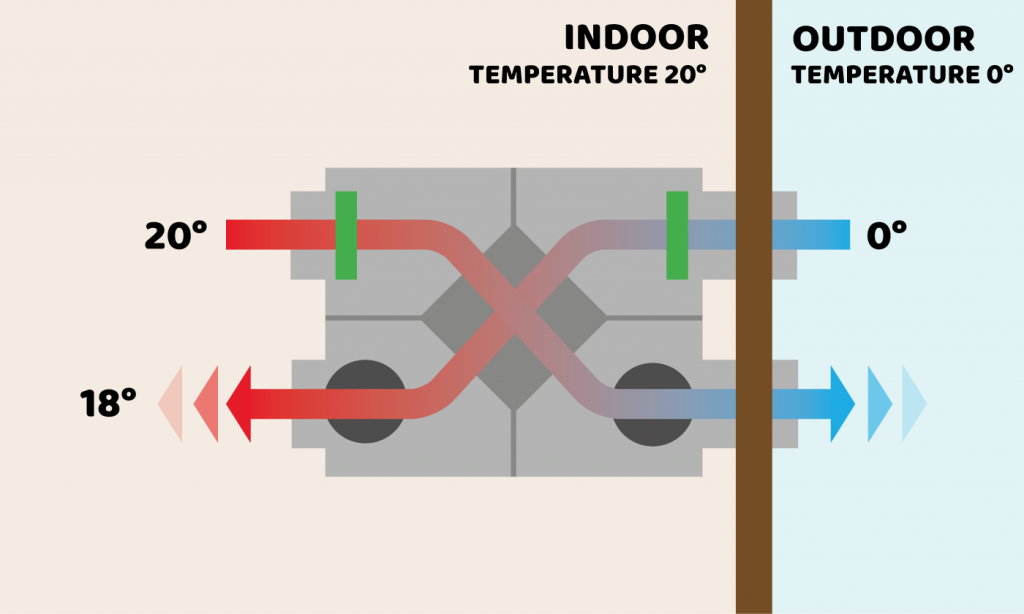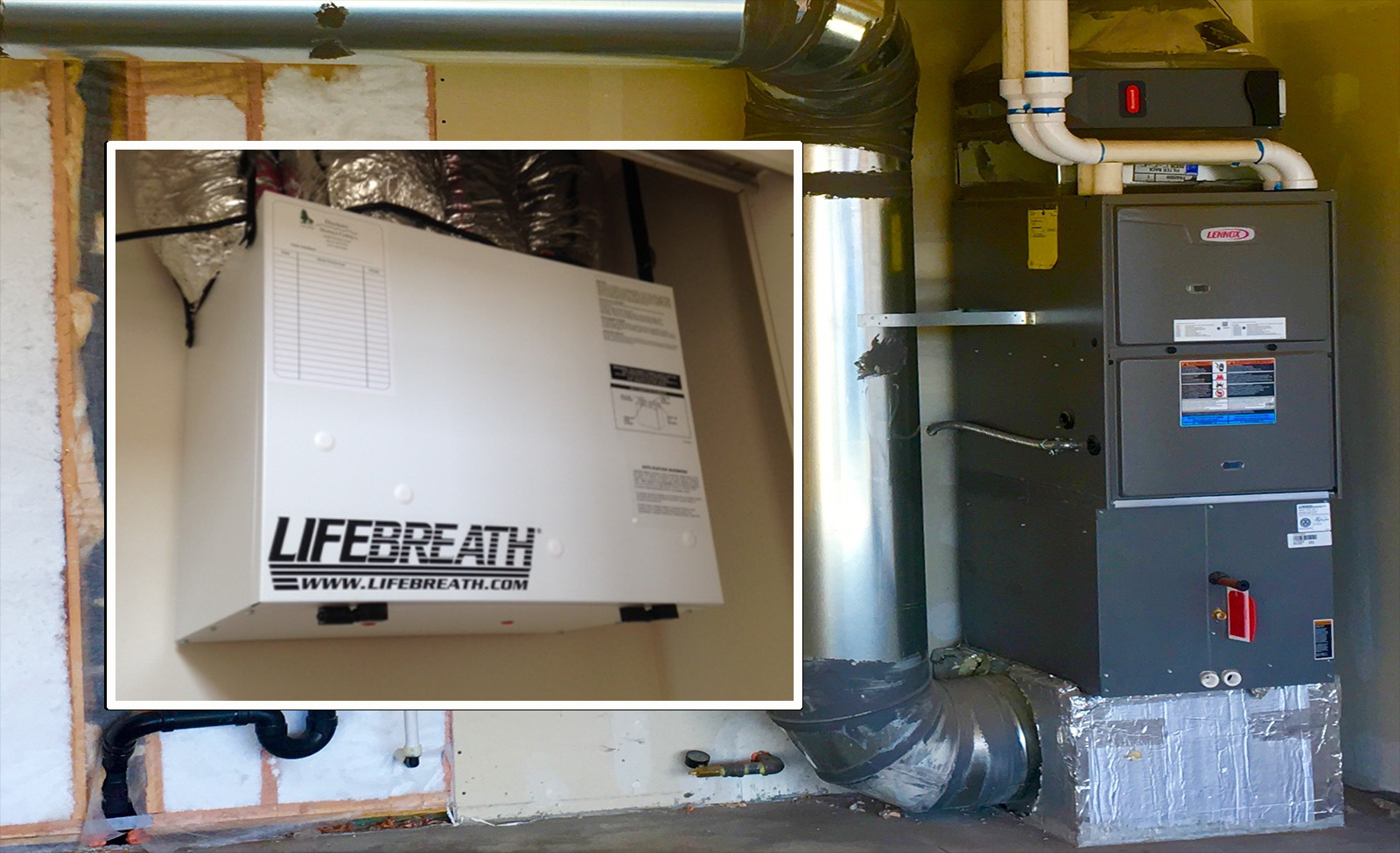Exploring the Benefits of Heat Recovery Ventilation for Energy Effectiveness in Houses
Heat Recovery Ventilation (HRV) systems provide property owners a functional method to boosting power effectiveness. By reclaiming warmth from outward bound air, these systems can substantially decrease cooling and heating costs. Additionally, they supply a consistent supply of fresh air, improving interior air high quality and convenience levels. As homeowners take into consideration sustainable options, comprehending the subtleties of HRV systems comes to be progressively crucial. What aspects should one examine prior to making such a financial investment?
Understanding Heat Recovery Ventilation Systems

Just How HRV Enhances Indoor Air High Quality

Energy Cost Savings: The Monetary Advantages of HRV
Making the most of energy effectiveness, heat recovery ventilation (HRV) systems use significant financial advantages for homeowners. By recovering and reusing heat from exhaust air, HRVs substantially lower heating & cooling expenses. This innovation can result in energy savings of up to 30%, relying on climate and usage patterns. Home owners often see minimized energy expenses soon after installment, making HRVs a financially wise financial investment over time. In addition, several areas provide incentives or discounts for energy-efficient upgrades, additionally improving the economic appeal. As power costs remain to climb, the cost-effectiveness of HRVs comes to be progressively clear. On the whole, the unification of HRV systems not just advertises energy performance however additionally adds to long-term financial savings for homes.
The Environmental Impact of Heat Recovery Ventilation
A substantial environmental advantage of heat recovery ventilation (HRV) systems lies in their capability to reduce overall energy intake. By reclaiming heat from exhaust air and transferring it to inbound fresh air, HRV systems lessen the need for energy-intensive home heating and this link cooling techniques. This decrease in power demand adds to reduce greenhouse gas emissions, as less fossil fuel is needed to preserve comfy interior temperatures. Furthermore, HRV systems boost interior air quality by successfully trading stagnant air with fresh exterior air, lowering reliance on mechanical air conditioning systems that can damage the environment. On the whole, the implementation of HRV systems sustains sustainable living techniques and aligns with worldwide initiatives to battle environment modification by promoting power performance in household settings.
Choosing the Right HRV System for Your Home
How can home owners assure they choose the right heat recovery ventilation (HRV) system for their needs? They must assess their home's dimension and design, as these factors affect air movement needs. Next off, evaluating the system's efficiency scores is essential, as higher rankings show much better performance and power cost savings. Homeowners must likewise take into consideration installment and upkeep expenses, contrasting various brands and models for value. Additionally, it is essential to assess noise degrees, as some systems operate more silently than others. Consulting with heating and cooling experts can supply tailored recommendations based upon particular home conditions. Lastly, checking out individual reviews and warranties can help in making an informed decision, guaranteeing that the chosen HRV system effectively boosts indoor air quality and power efficiency.
Regularly Asked Questions

Just how Usually Should I Tidy or Preserve My HRV System?
The regularity of cleaning or maintaining a heat recuperation air flow (HRV) system typically depends on usage and environmental factors. Normally, it is suggested to carry out maintenance every six months to ensure peak efficiency and air high quality.

Can HRV Solutions Help In Reducing Humidity Levels Indoors?
HRV systems can properly minimize indoor moisture levels by trading stagnant, damp air with fresh, drier air from outdoors. HRV important site Heat Recovery Ventilation. This process helps keep a balanced indoor environment, improving comfort and avoiding moisture-related problems
What Is the Lifespan of a Regular HRV System?
The life expectancy of a typical heat recovery ventilation (HRV) system differs, generally lasting between 10 to 15 years. Normal maintenance can prolong its efficiency and functional life, ensuring peak efficiency throughout its usage period.
Exist Any Sound Worries With HRV Equipments?
Noise problems with HRV systems can develop, especially from fan operation. However, numerous contemporary devices are created to minimize audio levels, ensuring they run silently while maintaining performance, which deals with potential disruptions in living settings.
Can I Mount an HRV System Myself, or Do I Need a Professional?
The specific contemplated whether to install the heat recovery ventilation (HRV) system directly or work with an expert. Generally, while DIY setup is feasible, expertise assurances Resources proper performance and conformity with neighborhood building codes, improving system efficiency.